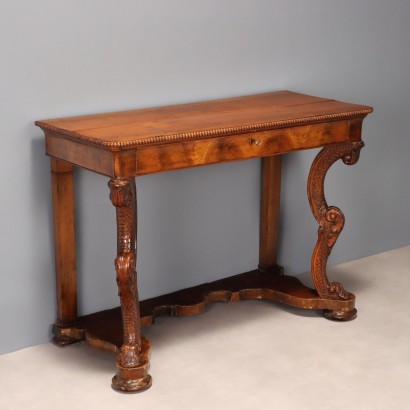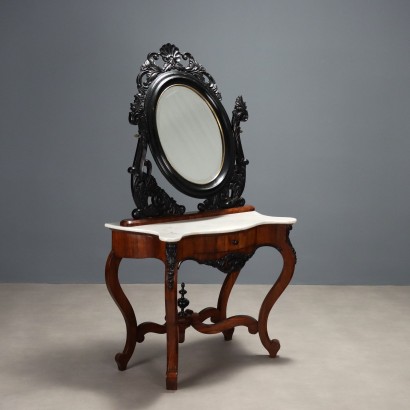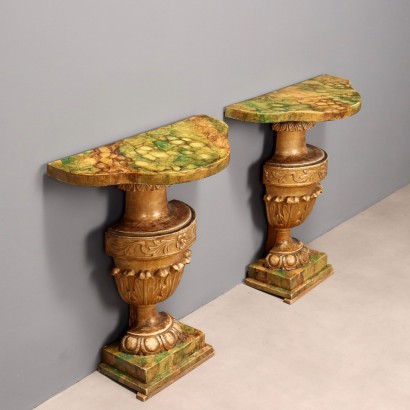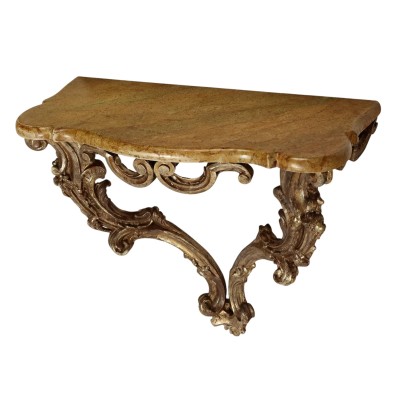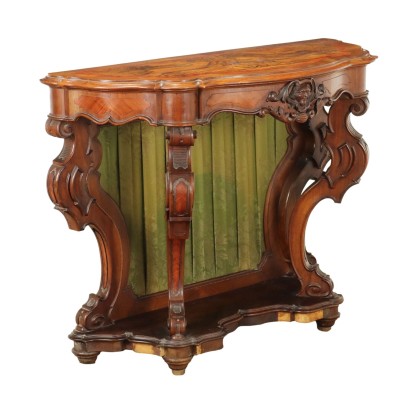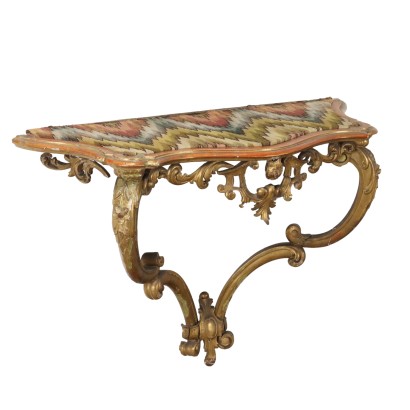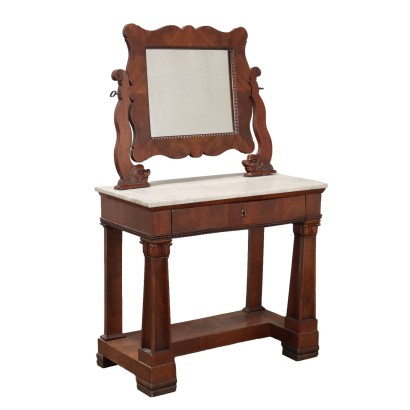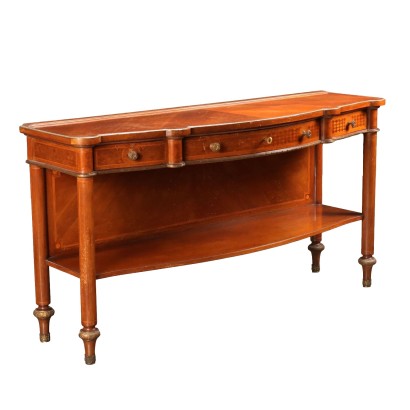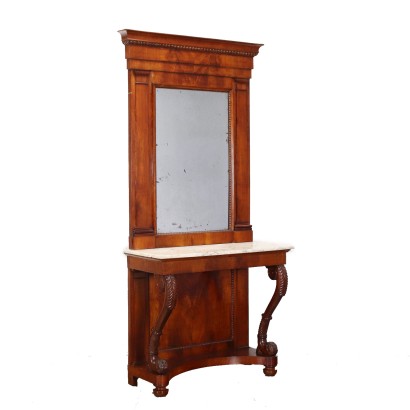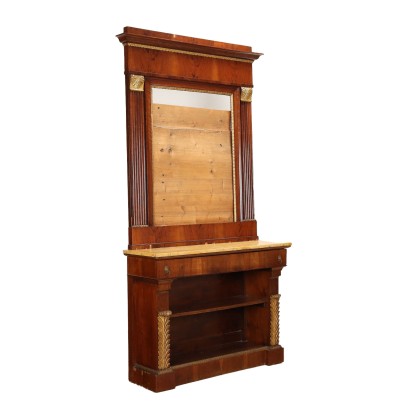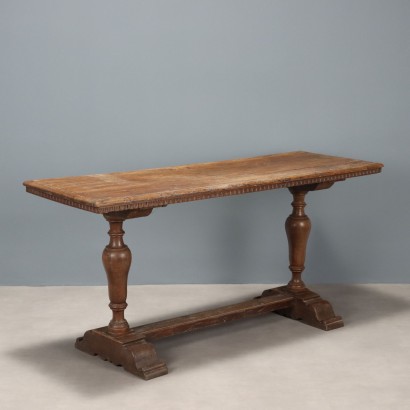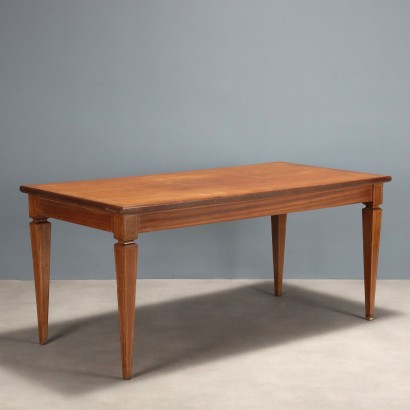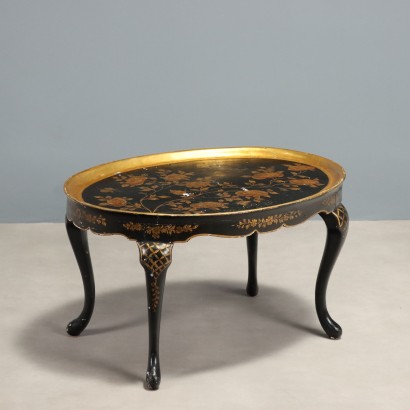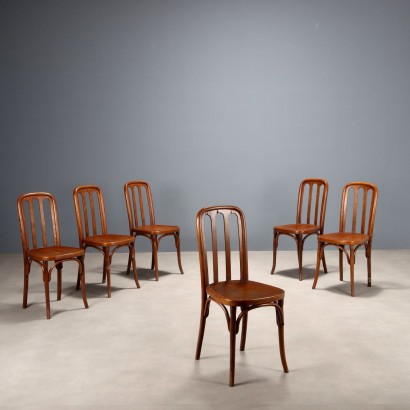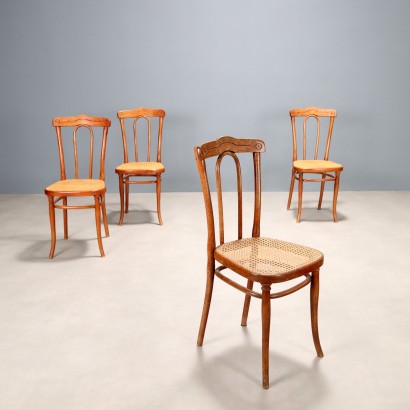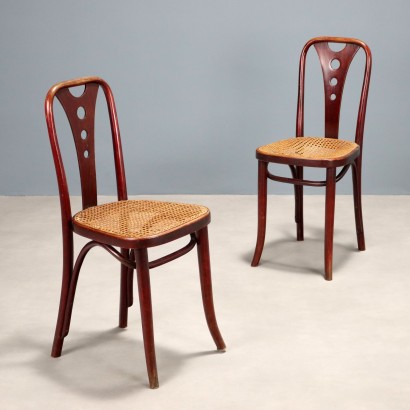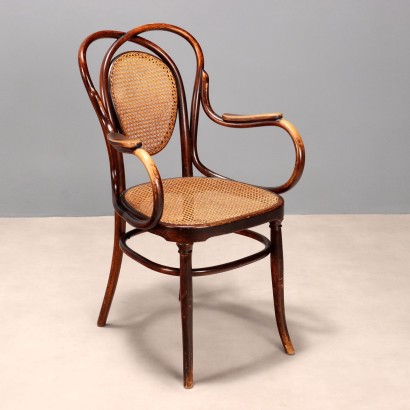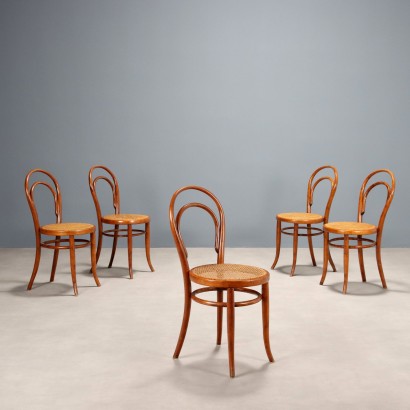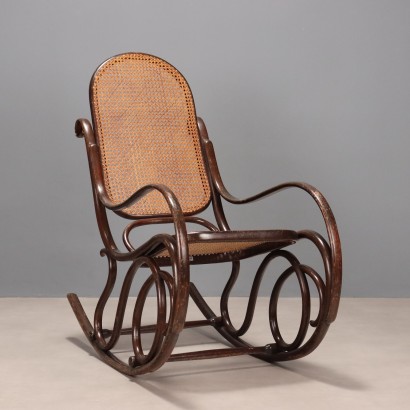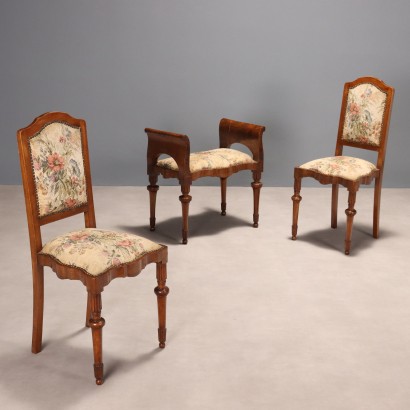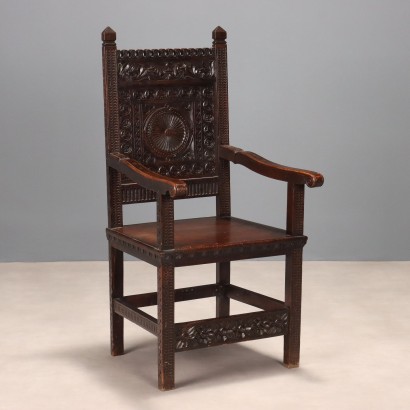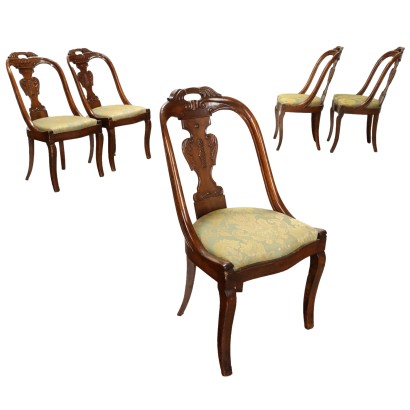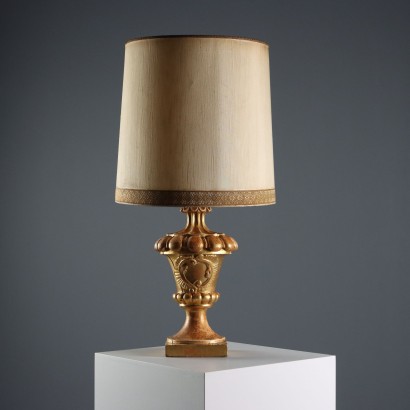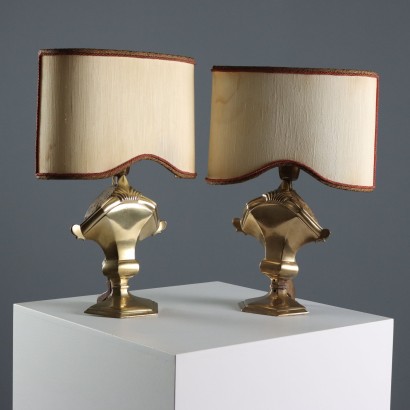Antique Console Louis Philippe Walnut Drawer Italy XIX Century - Genoa, Early XVIII Century
Features
Genoa, Early XVIII Century
Style: Louis Philippe (1830-1848)
Age: 19th Century / 1801 - 1900
Origin: Genova, Liguria, Italy
Main essence: Walnut
Description
Louis Philippe walnut console table, top made from a single board with a pod-shaped edge. Drawer in the lower section, curved legs carved with leaf motifs resting on a shaped base. Genoa, early 18th century.
Product Condition:
This item requires restoration and polishing due to age and wear. We strive to present the actual condition of the piece as accurately as possible with the photos. If any details are unclear from the photos, the description will prevail.
Dimensions (cm):
Height: 89,5
Width: 120
Depth: 55
Additional Information
Style: Louis Philippe (1830-1848)
The Louis Philippe style developed in a context characterized by two main factors: the expansion of the bourgeoisie and the advent of the industrialization of production processes.
This style therefore faces the decline of artisans and the new needs for economy and comfort.
Aesthetically, it takes elements from the past, especially from the Gothic and Renaissance, preferring very curved shapes for the backrests of the seats, roe deer legs and feet, with a very rich decoration.
It mainly uses dark woods: ebony, rosewood and mahogany, combined for contrast with light elements.
Find out more with our insights:
The Louis Philippe style
Classic Monday: Louis Philippe and Umbertina consoles compared
The Austrian taste of Baroque
History of Louis Philippe furniture
The Umbertino style
Antiques in Lombardy
The Evolution of the Empire Style
Age: 19th Century / 1801 - 1900
19th Century / 1801 - 1900Main essence: Walnut
Walnut wood comes from the plant whose botanical name is juglans regia , probably originally from the East but very common in Europe. Light or dark brown in color, it is a hard wood with a beautiful grain, widely used in antique furniture. It was the main essence in Italy throughout the Renaissance and later had a good diffusion in Europe, especially in England, until the advent of mahogany. It was used for solid wood furniture and sometimes carvings and inlays, its only big limitation is that it suffers a lot from woodworm. In France it was widely used more than anything else in the provinces. In the second half of the eighteenth century its use decreased significantly because mahogany and other exotic woods were preferred.Other customers have searched:
Approfondimenti
Scopri di più sulle consolle e tavoli parietali con gli approfondimenti del nostro blog e di FineArt:Una superba consolle austriaca
L'attenzione neoclassica per i dettagli in una consolle torinese decorata a pastiglia
Una raffinata consolle demi-lune piemontese neoclassica
L'estetica elegante e raffinata di una Consolle fratinata
Simili ma diverse: una consolle Luigi Filippo e una umbertina a confronto
Consolle a pastiglia
Tavolo parietale, Firenze 1780-1785ca.
Consolle inglese, metà XIX secolo
Consolle parietale
Coppia di consolle in pietre laviche
Consolle anni '50, manifattura italiana
Sull'antiquariato in generale dai un'occhiata anche a
Classic Monday: da un pezzo dei nostri magazzini alla storia dell'antiquariato
Il dizionario dell'antiquariato - Lastronatura
Il dizionario dell'antiquariato - Mascherone
Il dizionario dell'antiquariato - Natura morta
Il dizionario dell'antiquariato - Opificio
Il dizionario dell'antiquariato - Pastiglia
Il dizionario dell'antiquariato - Savonarola
Il dizionario dell'antiquariato - Rosone
Product availability
The product can be seen at Cambiago
Immediate availability
Ready for delivery within 2 working days from ordering the product.

